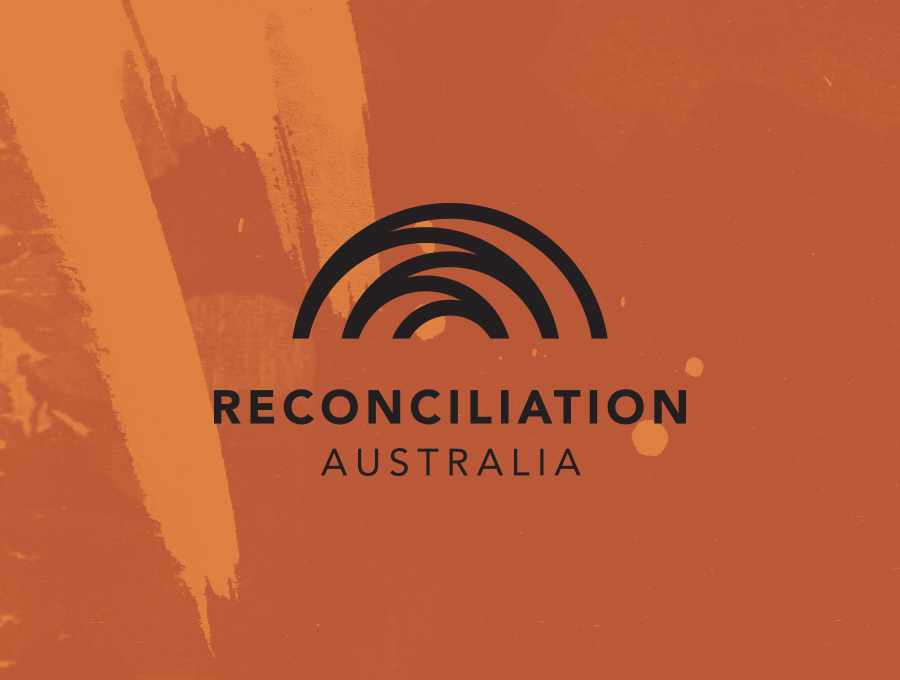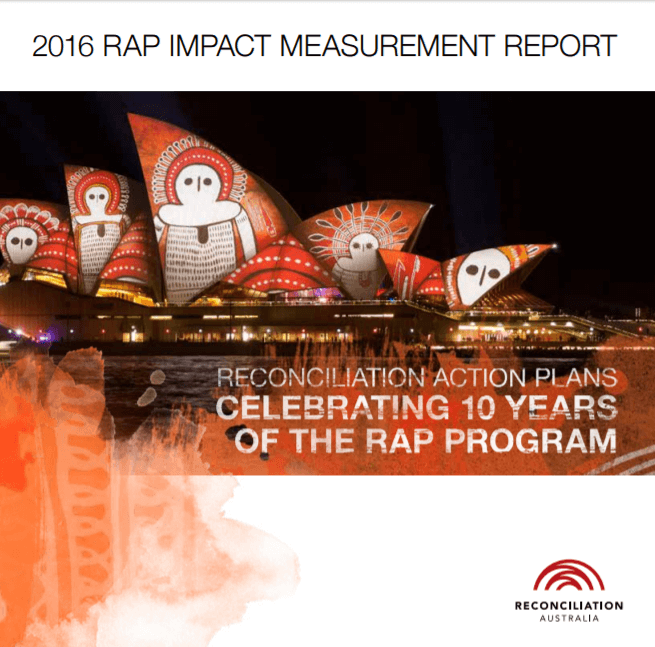Read key research reports from Reconciliation Australia including the Australian Reconciliation Barometer; Workplace RAP Barometer; The State of Reconciliation in Australia Report; and the RAP Impact Measurement Report.
Search

Workplace RAP Barometer 2018
The Workplace RAP Barometer monitors reconciliation initiatives in the workplace.

2018 Australian Reconciliation Barometer
This report shows us that more Australians, both Aboriginal and Torres Strait Islander and other Australians, believe it is possible for us to become united.

2017 RAP Impact Report
The RAP Impact Measurement Report highlights the achievements of the RAP community during the reporting period July 2016 – June 2017. This report documents the collective impact that RAPs are making towards achieving a reconciled Australia.

2016 RAP Impact Report
The 2016 RAP Impact Report report presents the impact of Reconciliation Australia’s Reconciliation Action Plan (RAP) program for the reporting period July 2015—June 2016. 2016 marks the tenth year of the program. For this report, we captured data from 343 RAP organisations.

Workplace RAP Barometer 2016
This report shows that overall, there have been upward trends in reconciliation attitudes and perceptions.

2016 Australian Reconciliation Barometer
This report tells us that an increasing number of Australians are proud of Aboriginal and Torres Strait Islander cultures and believe these cultures are important to Australia’s identity as a nation.


